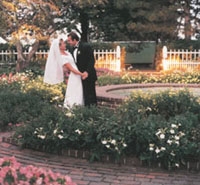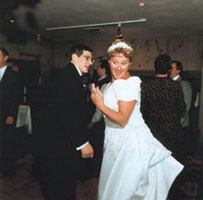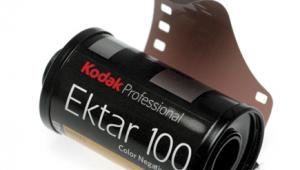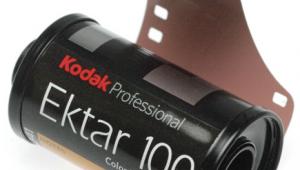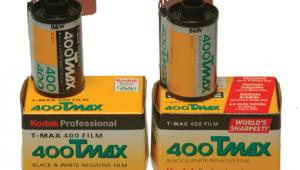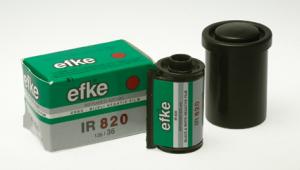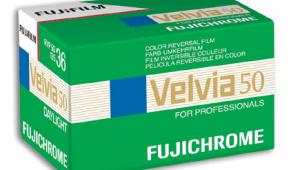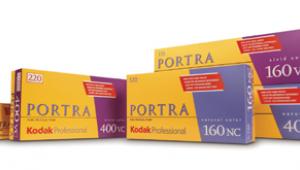Fuji NHGII 800
If you'll allow me
a little history, let me reminisce for a moment. The first article I
did for Shutterbug was in the late '80s. It was about shooting
Kodak VPH 400 film at weddings. The film was a big step forward in shooting
candid type photos at weddings. And while it was nice to have the speed
boost, most shooters, myself included, still shot the formal groups
and important photos on good old VPS because we didn't really
trust that 400 speed stuff. But within months, all us wedding shooters
were shooting the 400 stuff and not even thinking twice about it. The
revolution had begun. |
|||
Fuji now has made a bold move
by introducing the NHGII 800--they stopped making the NHG 400. They wanted
us professionals to consider using this 800 speed film as an "everyday"
film. The NHG 400 film was loved by many, and now Fuji was taking it off
the market and forcing its customers to choose the 800 film or go shop
somewhere else. Many photographers hoarded the NHG 400 and bought whatever
was left off the dealers' shelves. What was Fuji thinking? |
|||
It was. Exper-ienced wedding
photographers know that most weddings run from a little to a lot late.
This one was no exception. By the time I got to the park, I checked my
meter. With ISO 400 film, I was already looking at 1/30 of a sec at f/4.
That was the good news. The bad news was that we all know when the light
gets down to that level it starts disappearing in a hurry. More bad news--the
bride and groom weren't even there yet, courtesy of Black Beauty's
relative. I was getting nervous. I feel I have an obligation to every
couple to produce my "signature" outdoor poses. I didn't
like my options at the hotel where the reception was. The light and time
were working against me. |
|||
I shot the groups first. The
wedding party, guys, then girls. The families could wait until the hotel
or I wouldn't get the bride and groom. By the time I got to the
bride and groom, my meter reading was 1/15 at f/2.8, the maximum opening
on my 80mm lens. Oh, that's with the meter set to 800. It was really
getting dark, and focusing was becoming a problem. I shot a series of
poses in a hurry with my camera mounted on a tripod. Finally it got so
dark, I resorted to flash, something I don't like to do unless I'm
looking for a special effect. |
|||
But there are more issues here.
Just because the speed checked out, how was print quality going to be?
Would it be comparable to its slower predecessor? I'm talking about
sharpness, color, and contrast. Let's talk about color and contrast
first. |
|||
While I was test firing my
lights and metering the scene, I had a hard time believing I was going
to be shooting at f/16, but that's what my meter was telling me.
Being the super cautious guy I am and not wanting to look like an idiot
in front of hundreds of teen-agers if they were underexposed, I shot at
f/16 and also f/11 for security. Turns out I didn't need the f/11.
I had about 50 16x20s made from the six different negatives, and they
looked great. Good color saturation, excellent contrast, and they were
sharp. I now had complete confidence in the film. |
- Log in or register to post comments
